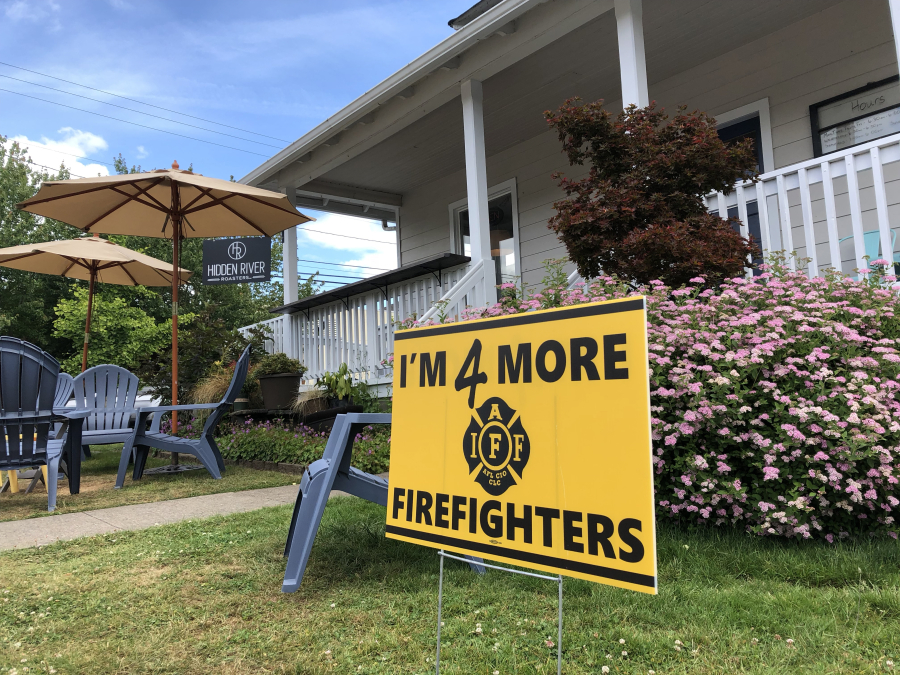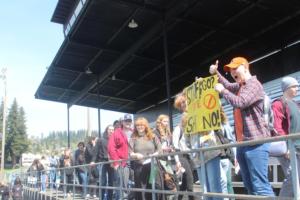The Washington Department of Labor and Industry (L&I) has issued fines totalling $4,800 against the city of Camas for violating safe workplace standards and endangering Camas-Washougal Fire Department (CWFD) firefighters.
The fines and related safe-workplace violations are connected to a Feb. 14 house fire in Camas’ Northwest Prune Hill neighborhood, in which two CWFD firefighters entered a burning, smoke-filled house to rescue a man and his two dogs.
Adam Brice, president of East Clark Professional Fire Fighters, the local firefighters’ union, filed a complaint against the city on behalf of the firefighters in late February, and said the city’s policy of sending only two firefighters to a fire call violated the state’s workplace safety laws.
L&I officials agreed.
On May 10, the department issued three workplace safety violations against the city of Camas.
“The biggest surprise was the fact that we had to go to this length,” Brice said in early May. “It was pretty clear that what happened (on Feb. 14) was a clear violation.” On May 31, the state clarified those violations and attached $2,400 penalties to the two serious offenses.
State says city policy increases firefighters’ risk of injuries
The first violation addressed the number of firefighters responding to the Feb. 14 house fire.
“Through the inspection process, it was determined that at the time of this residential fire alarm, and in the past, this fire department has been operating under the practice of sending two firefighters out on residential fire alarms,” L&I stated in its findings, now posted inside every CWFD fire station. “Having only two firefighters respond to residential alarms makes it impossible for firefighters to follow this rule when firefighters are required to enter the structure to perform rescue operations or fire fighting operations.”



